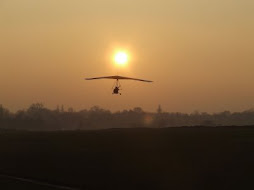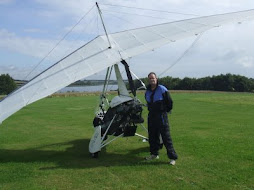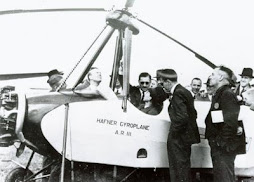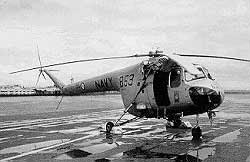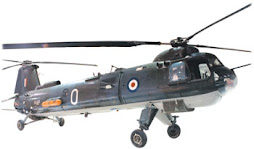skip to main |
skip to sidebar
Pleased with myself. I have flown to Sackville and back, sans GPS (which impressed some of the old boys who wouldn't be without it).
This was also a landmark flight for three reasons which matter to me:
- I switched my engine off at about 3,000 feet - sort of to reassure myself about it re-starting.....as I have been a bit anxious since my engine failure.
- I flew back from Sackville to Sutton Meadows with my undercarriage retracted.
- I used my new Microavionics extension cables, which enabled me to mount my radio on the trike keel, just behind the retract cleat. I now have several key frequencies saved by name...and these can be scrolled through easily.
The winds were light, certainly, but that is deceptive because it was very thermic up to about three thousand feet, where it was gloriously smooth. I rested my ankles on the pegs and flew with fingertips.
Wind shear at take-off was horrible and flying below three thousand was a fight....and quite a scary one at times.
Perhaps my next landmark will be learning to exploit that lifty air rather than fighting it?
.
 Right, enough bimbling . . . it is time I did some venturing out from home. This weekend, come what may, I am flying to Sackville to see Neill. What's the big deal? It isn't nearly as far as I did on my final cross country before I even had my licence! Sackville is a bit harder to find than the Hundred Foot Washes but I will be fine.The weather is forecast to be good, with light winds. Can't wait!
Right, enough bimbling . . . it is time I did some venturing out from home. This weekend, come what may, I am flying to Sackville to see Neill. What's the big deal? It isn't nearly as far as I did on my final cross country before I even had my licence! Sackville is a bit harder to find than the Hundred Foot Washes but I will be fine.The weather is forecast to be good, with light winds. Can't wait!

 With a strong cross wind (which one pilot with a app on his phone told me was blowing a hard-to-credit 16knots!) and gusting, landing today was the hardest work I have ever done getting down safely. Shortly afterwards Neill texted to say he was stopping until the wind dropped.
With a strong cross wind (which one pilot with a app on his phone told me was blowing a hard-to-credit 16knots!) and gusting, landing today was the hardest work I have ever done getting down safely. Shortly afterwards Neill texted to say he was stopping until the wind dropped.
Funny thing is, no sooner had I decided to de-rig than it was teasingly calm - but I soon needed help from Mike, who has a Rans Coyote at Sutton, to do a tricky de-rig and was relieved once my trike was packed away. No regrets, though. I got a good 50 mins in the air and some good practice landings.
Dave Garrison pulled my leg about my Bill and Ben rotating map-board, but said he liked the idea, which was gratifying, and I met his new student, Matt, who now has 3 hours under his belt...and lots of enthusiasm. As I headed home, it was good to pull up alongside Peter Millbank and have a brief chin-wag.
One of the nice things about flying with a club is the people you meet and the friendliness of the scene.

Mea Culpa! Haven't entered up my logbooks with the flights I did the other day! That is the most mundane news....but it's all I've got....except that I have ordered a 1.5m extension cable from Microavionics, to enable me to move my radio further forward, though I am not sure to where.
Possibly mount it between my legs, where the protrusion will be not unlike a rather impressive willy (and will doubtless draw comment), or perhaps mounted to the right of my binnacle or even to the right of my right leg (see sketch), where the settings can be easily changed. Had thought about fixing something under my seat-cushion, so that sitting holds it down. This arrangement is similar to those folding side desks sometimes fitted to chairs in lecture theatres.
So far I have had my radio in my top pocket, paramotorist-style, but when I pull the bar in it sometimes hits buttons, causing alarming beeps, which accidentally changed my channel on my last flight...so that I heard someone in "my" overhead who turned out not to be there. I need to be able to see my channel read-out clearly and to be able to change channels and other settings easily. Incidentally, a golfing or ikea pencil is very useful for pressing buttons when wearing gloves. On the Quantum I kept a pencil on a piece of string and secured the pencil itself to my chart with velcro.
Chatted to dad about thermalling today and he has just emailed this picture of himself flying the primary glider when he was
in the CCF around 1954 at Wellington College in Berkshire,
aged about 16.I asked him how high you could get in one of those things and he remembers clearing the top of the rugby posts.
I remember seeing boys pulling one of those up (using a bungey-rope...like having a tug of war with the aircraft) at Beggars Bush, when I was at Clifton College in the 1970's. I seem to remember hessian sacking being layed out under the skid to reduce friction and probably save the playing field.
Dad also sent this terrific shot of himself climbing into a Chipmunk in the 1950's
.





















